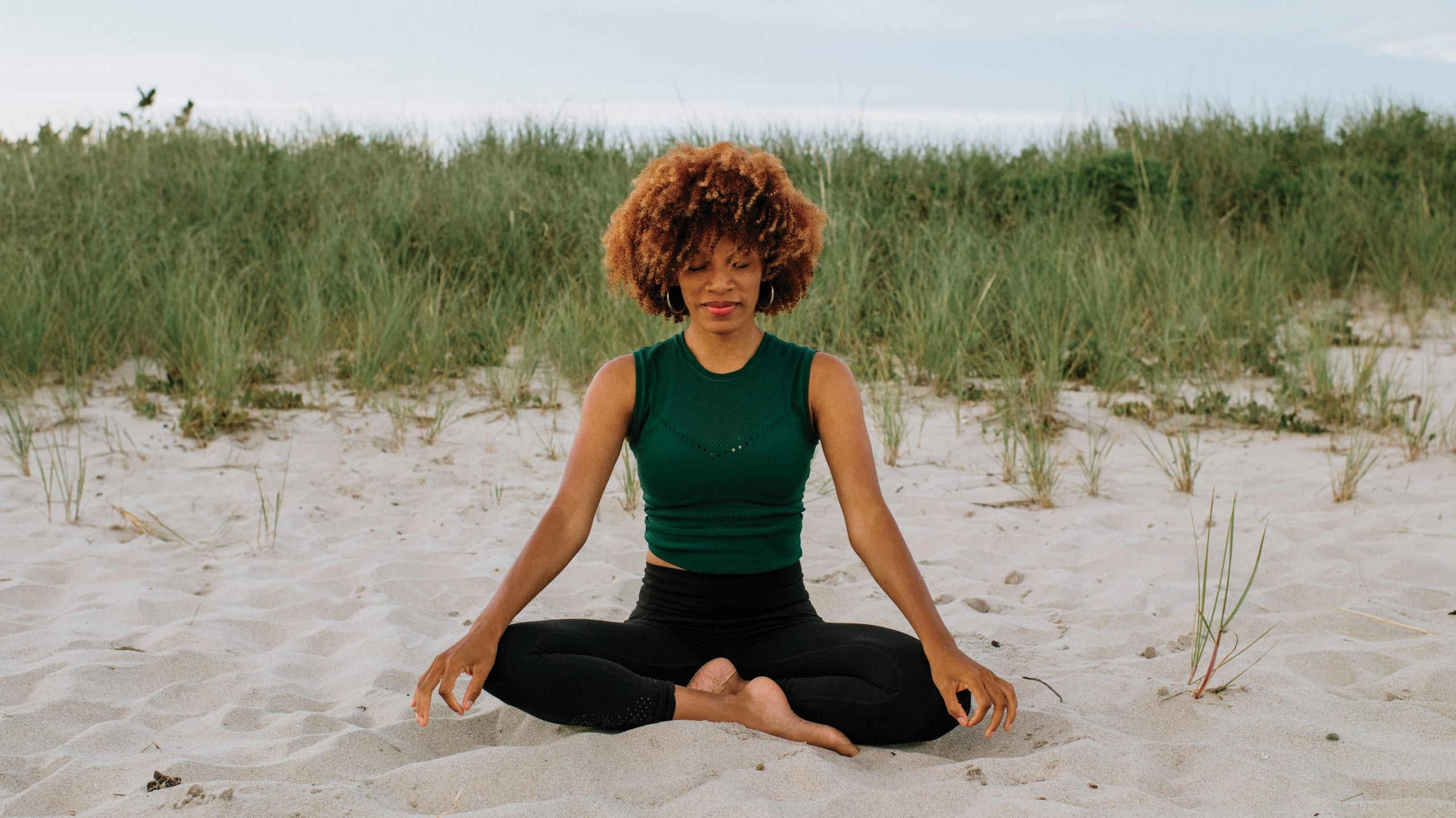
The coronavirus pandemic has altered many facets of everyday life in unprecedented ways. It has changed the way we work, the way we socialize and even the way we exercise. I am a self-professed fitness junkie who enjoys the community and camaraderie of my preferred methods of movement, namely yoga and CrossFit—so it took me a while to adjust to the new state of play.
For now, I won’t be hearing powerful ujjayi breathing (a calming breath technique, also known as victorious breath, that regulates body heat) echoing across a heated yoga studio or raucous cheers as I see my fellow CrossFit lovers smash a personal record. Fortunately, there is a silver lining to this new reality.
Fitness communities still exist, but they’re on our screens, where social media and other tech tools create space for us to reach out and convene. Here, fitness instructors share how people are finding pure connection and belonging when it is not possible to work out together in the same room.
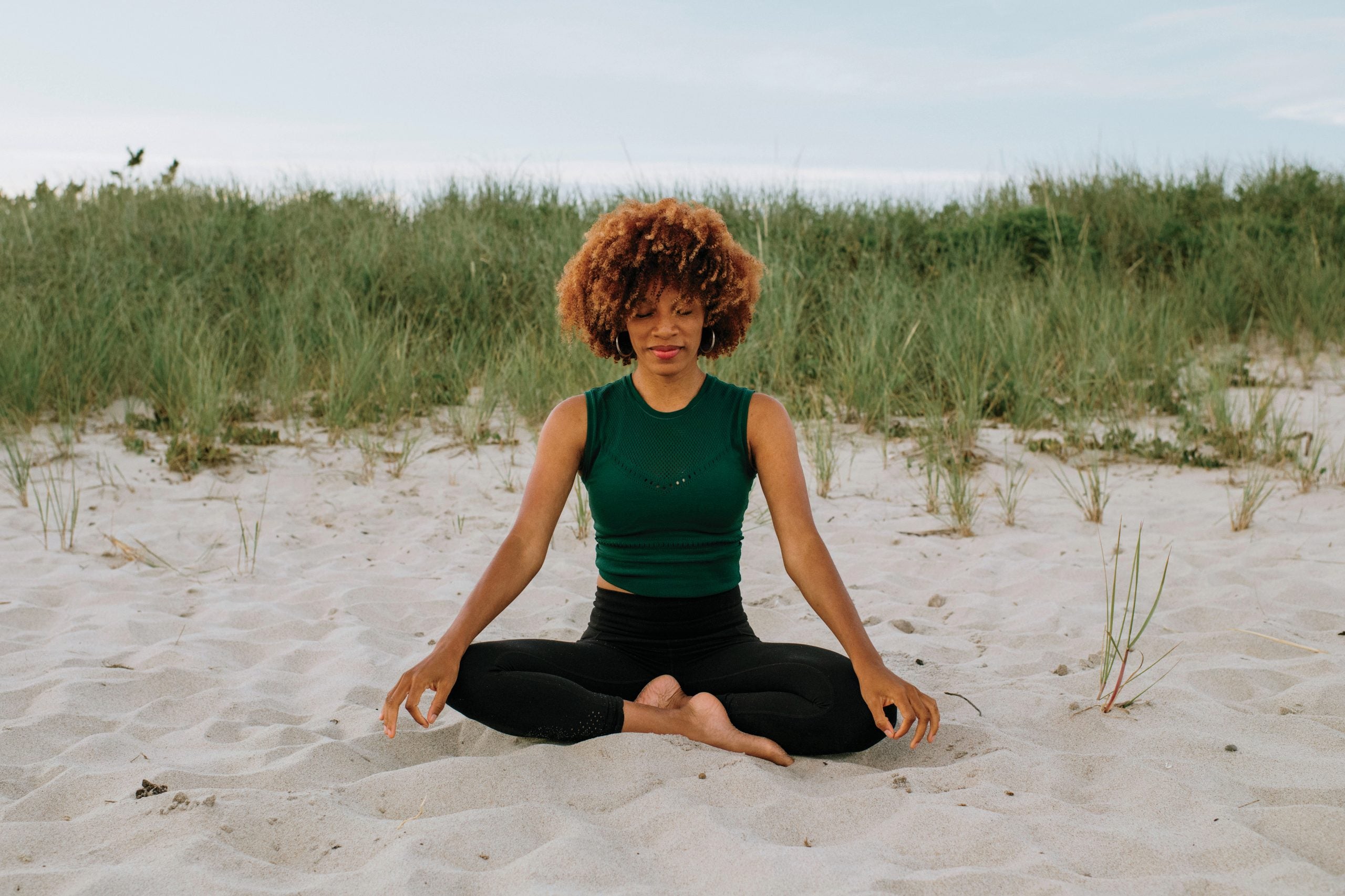
“Joining together in a yoga class, like on a Zoom call, can work,” says Pilin Anice, a New York–based certified yoga teacher, of how the pandemic has forced us to reimagine our fitness practices. Anice also welcomes her students reaching out to talk through the feelings that the pandemic and subsequent lockdowns have evoked.
“I think it’s important that we talk about what we’re experiencing,” she says. “We have to stay connected to other people as much as we can. It’s a challenging time for everyone, and there’s really no solution other than to sit with the feelings and move as much as we can. Find ways to connect win your sangha—your community of yogis or yoga instructors. They are there to serve you and be there for you when you’re seeking guidance.”
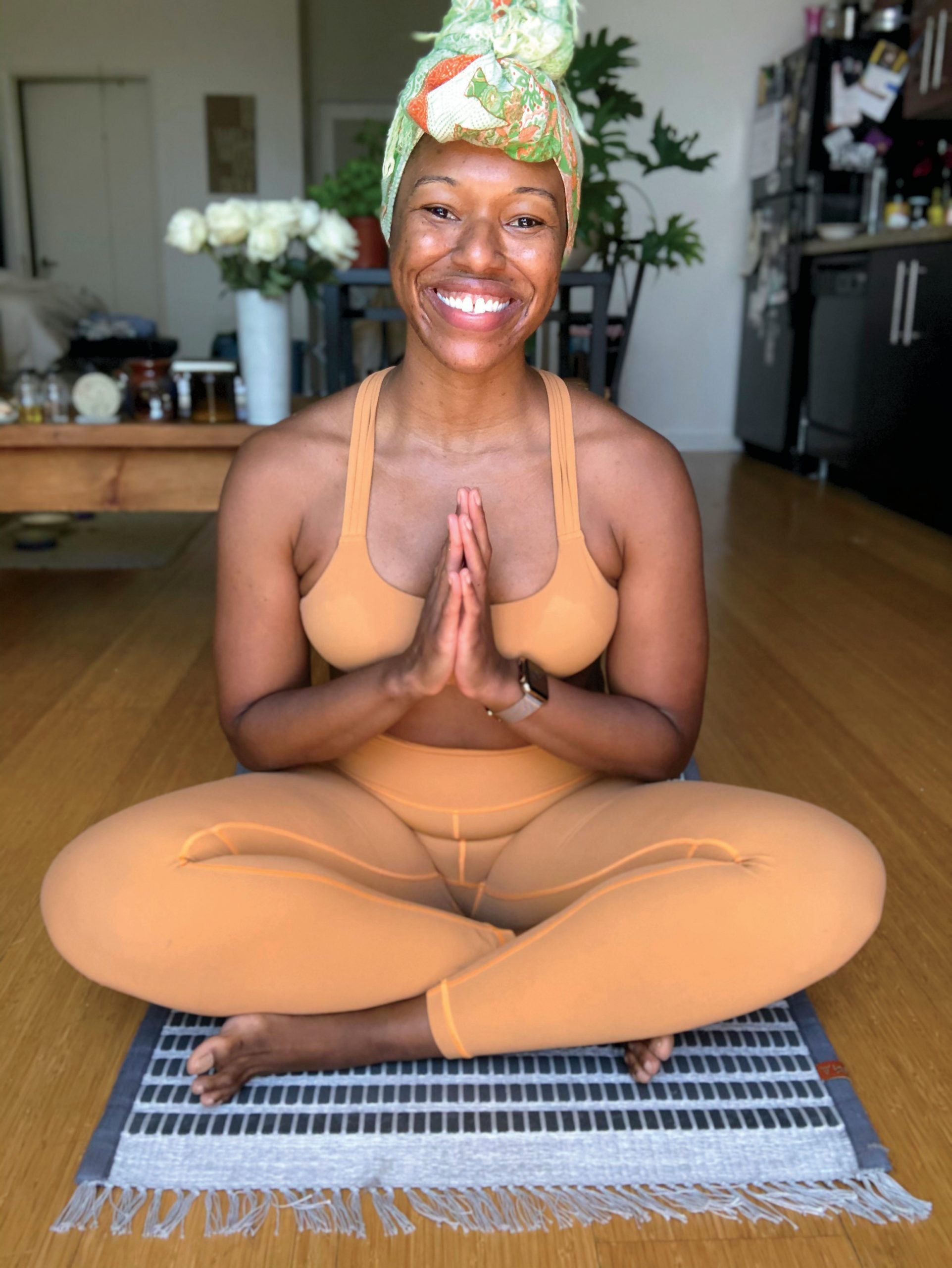
Alicia “Ace” Easter, a certified yoga teacher in Los Angeles, encourages students in her virtual classes to ask questions in the group chat, in order to prompt conversations among those who may want to linger for a few minutes after class. “It helps people feel like they’re hanging out at the yoga studio, talking to their friends,” Easter says. “That definitely helps everyone feel more connected.” Many instructors and students are also fostering a sense of togetherness by cheering on the fitness achievements of others around them.
“For us, a big part of our in-person community is being there when everyone else reaches a new goal,” says Sarah “SayKay” Brown, the co-owner of CrossFit HCS in Ferndale, Michigan. “So we’ve tried to continue that, through our social media.
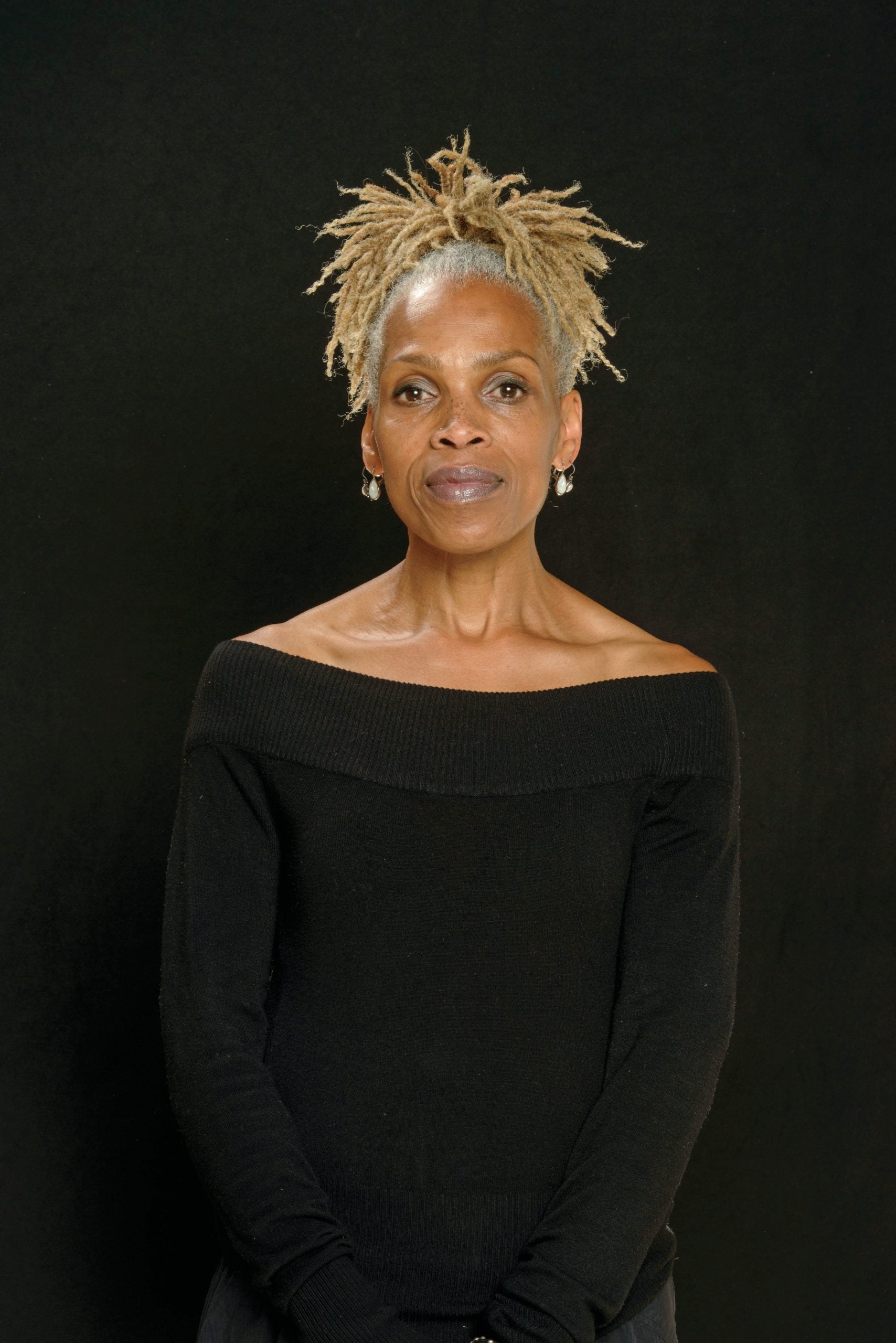
We have our private Facebook groups and Insta- gram accounts where we post high- lights, so people can feel proud of themselves for attaining goals outside of the gym.” For example, Brown adds, one member’s 15K run was canceled, but she still laced up her shoes and ran the entire route, sharing her experience with other HCS members afterward.
Like Anice, Brown has made a point of reaching out to members to ensure they’re receiving the emotional support they need, whether they live alone or are struggling to find time for their usual wellness routine while they’re home with their kids. “I try to keep that relationship going, where I can ask, ‘Okay, how is the pandemic affecting you?’ ” Brown says. “How can I support your mental health?” She’s even set up Zoom yoga sessions and one-on-one video chats as check-ins. “We’re able to do that because we’re such a small community,” she says.
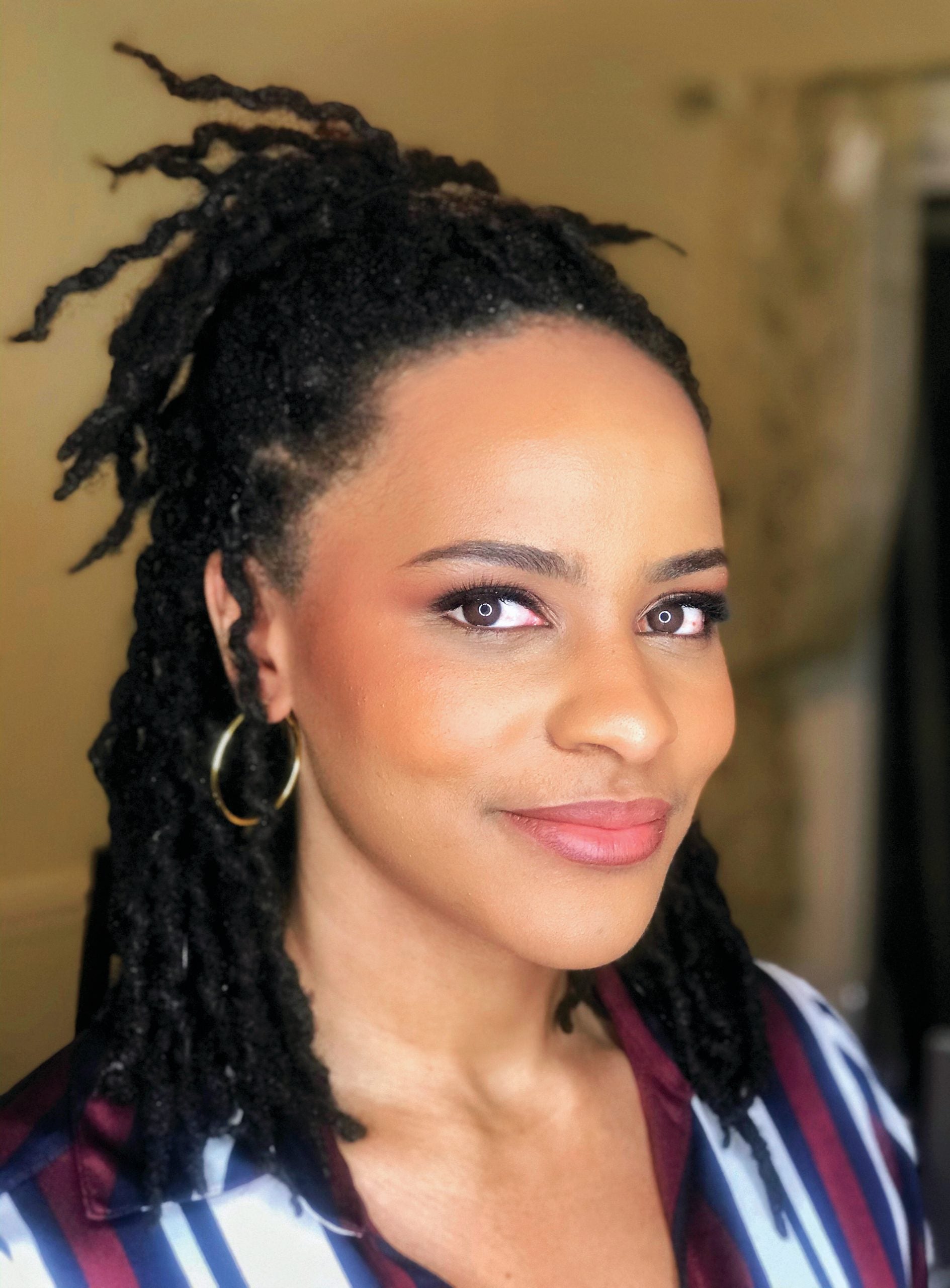
A feeling of community can be just as beneficial for children as for adults, suggests Karen McDonald, director of the Debbie Allen Dance Academy in Los Angeles, which has been conducting virtual classes during the pandemic. “Some students have shared that before the classes started being offered online, they felt very alone,” McDonald says. “I’ve even had some parents say they can tell that their children are much happier, because now they’re able to see their friends and interact with their friends—and even though it’s online, they actually feel the physical energy and the spirit of each other.”
These fitness practitioners agree on the importance of keeping up with your movement routine as much as possible—even if, in all the current chaos, you sometimes struggle to find the will to move, “We are naturally rhythmic beings,” Anice explains. “So having a movement practice offers a way of coming back to yourself, at a time when we’re constantly bombarded with all these stressful news headlines and there’s so much worry and uncertainty.”
It’s why McDonald encourages her young students to dance often. “Movement is life, and dance is movement,” she reflects. “We have been moving since the womb. There is a natural force within us that wants us to move. And so when we dance, it just really helps us experience that force. It fires us up. It connects the mind and the body and the spirit. It allows us to sweat, which is really cleansing. It allows us to free our muscles up so we’re not stiff.” Dancing, she notes, is good for us on many levels: “It gives us an opportunity to open up and experience every part of ourselves and every area of our lives.”